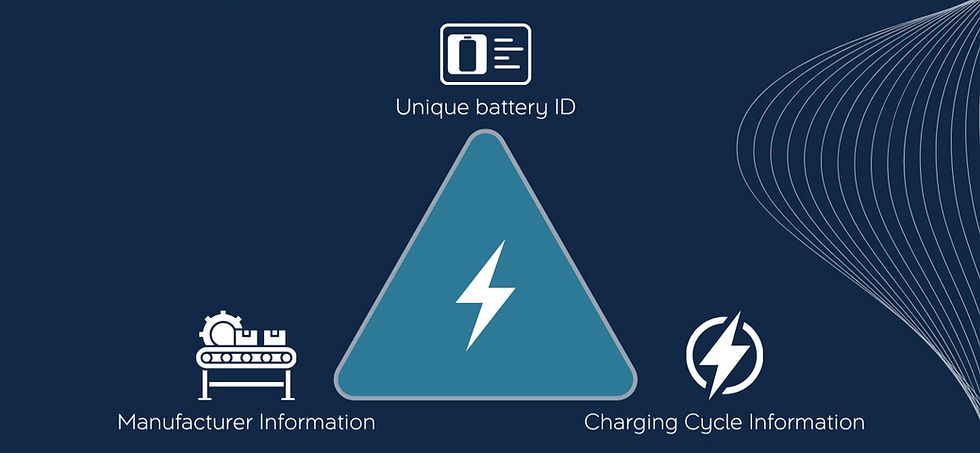EV Fire Facts vs Fiction: What the Data Really Tells Us
- valery_noryk

- Jun 25, 2025
- 2 min read
In the ever-evolving conversation around electric vehicles, EV fire risks have become one of the most misunderstood and misrepresented topics in the media. Eye-catching headlines often lead us to believe that battery electric vehicles (BEVs) are ticking time bombs on wheels, ready to erupt at any moment. But is that really the case?
At ALEXEC Consulting, we believe in data over drama. By examining real-world statistics and separating myths from facts, we can see that EV fire incidents are far less common — and far less dangerous — than most people assume.
EV Fires Are Less Frequent Than ICE Fires
Despite widespread perception, the number of EV fires is currently lower than that of internal-combustion-engine (ICE) vehicles—even when adjusting for the total number of vehicles on the road.
Those dramatic news stories about electric cars going up in flames are exceptions so rare they don’t reflect the true risk.
What Are Actual Causes EV Fires?
When EV fire investigations do yield a clear cause, the most common trigger is physical damage to the battery. Nearly 46.5% of documented EV battery fires result from collisions or road debris that puncture the pack.
Another 20% are traced back to OEM-related defects, including manufacturing flaws, poor-quality control, or design issues. Submersion accounts for 11.6% of cases, while the remainder involve external fires, arson, or other rare causes.
Interestingly, over 51.6% of EV fire cases remain unidentified in terms of cause, which shows a need for better post-incident diagnostics — not panic.

Debunking Common Myths About EV Fires
There is no shortage of myths surrounding EV fire risks. Let’s separate fiction from fact.
BEVs catch fire more often than ICE vehicles
Fact: BEVs actually burn less frequently than ICEs, even when accounting for the total number of vehicles.
BEV fires are more intense and harder to control
Fact: Fire intensity depends on materials, not the powertrain. Plastic fuel tanks in ICE vehicles can ignite faster than EV batteries. And modern suppression and cooling methods work effectively on battery fires.
BEV fires burn hotter and can melt infrastructure
Fact: There’s no evidence supporting this. In fact, EV fires often burn at similar or lower temperatures than gasoline fires.
Firefighters can get electrocuted extinguishing an EV fire
Fact: EVs are equipped with safety systems that isolate high-voltage circuits. The risk of electrocution is extremely low.
Standard firefighting gear can’t protect against EV fire toxins
Fact: Toxic gases occur in all vehicle fires. Proper PPE and avoiding smoke are key. Standard gear provides adequate protection against exposure.
Overcharging causes EV fires
Fact: Modern Battery Management Systems (BMS) are designed to prevent overcharging, significantly reducing the risk of thermal runaway.
So, Are EVs Safe?
Yes — EVs are not only less prone to fires, but they’re also built with advanced safety systems that mitigate fire severity, prevent overcharging, and isolate dangerous components in the event of an accident.
As EV technology evolves and first responders become more familiar with battery systems, the already low risk of EV fire is expected to drop even further.
Did you find this article helpful or eye-opening?
Like this post, share it with your network, and leave a comment below. We’d love to hear your thoughts, questions, or experiences with EVs and battery safety!






Comments